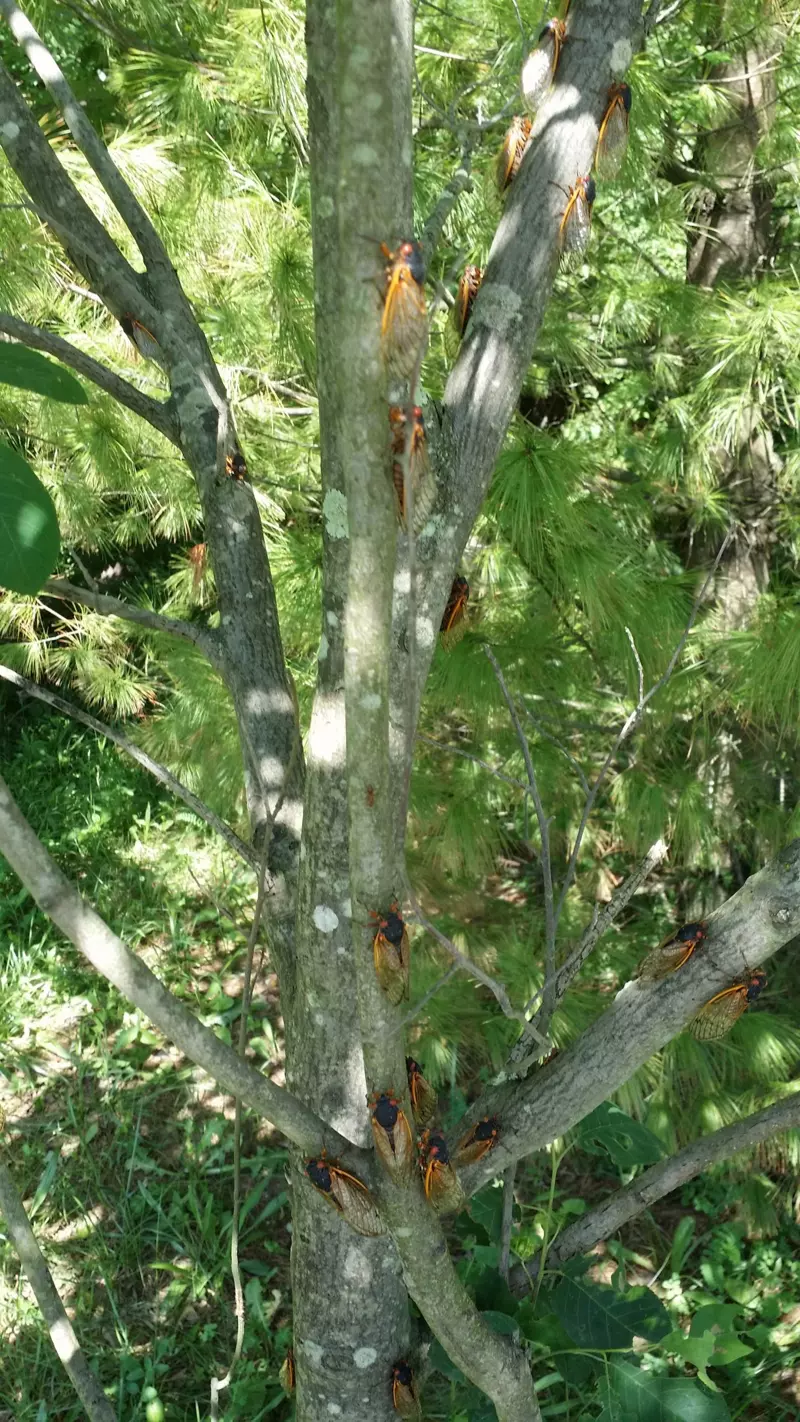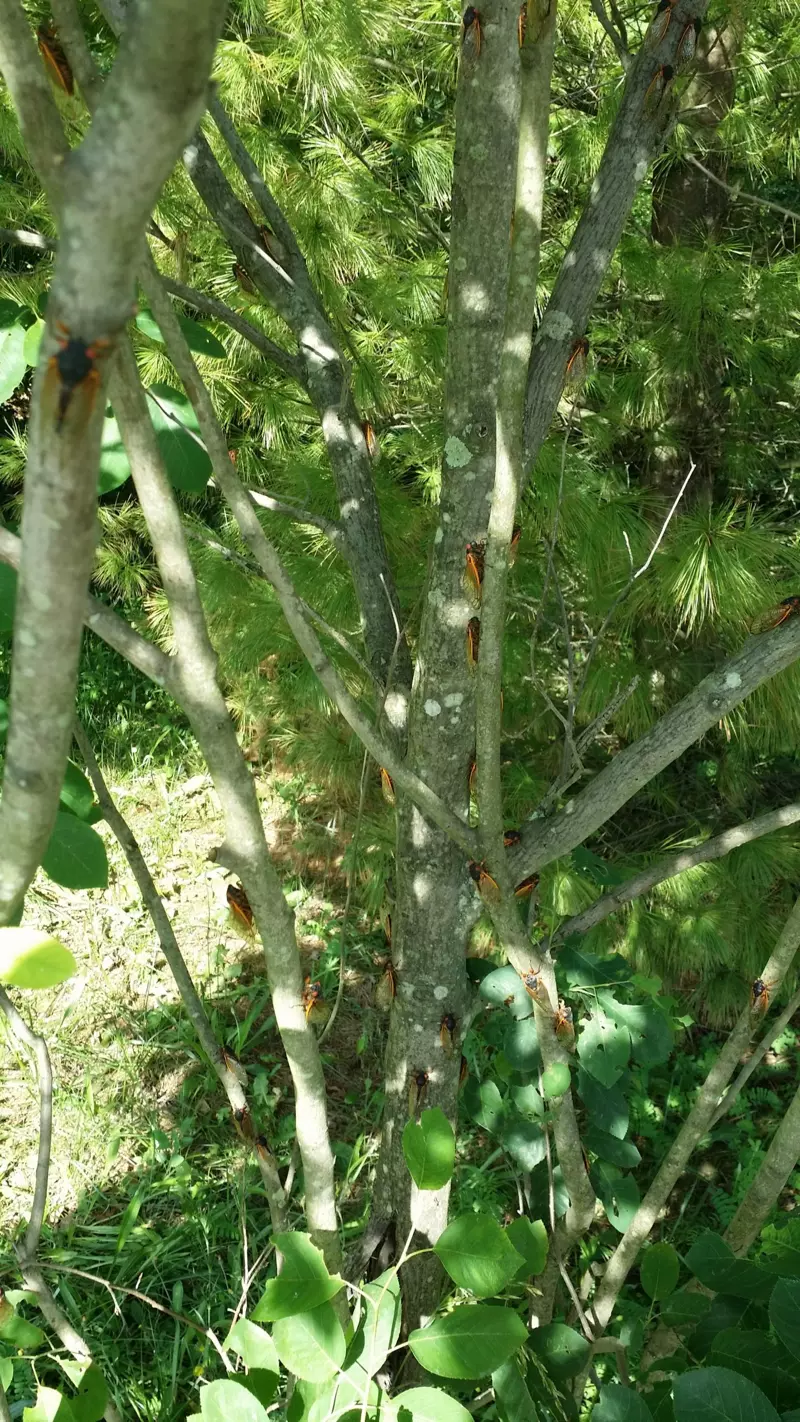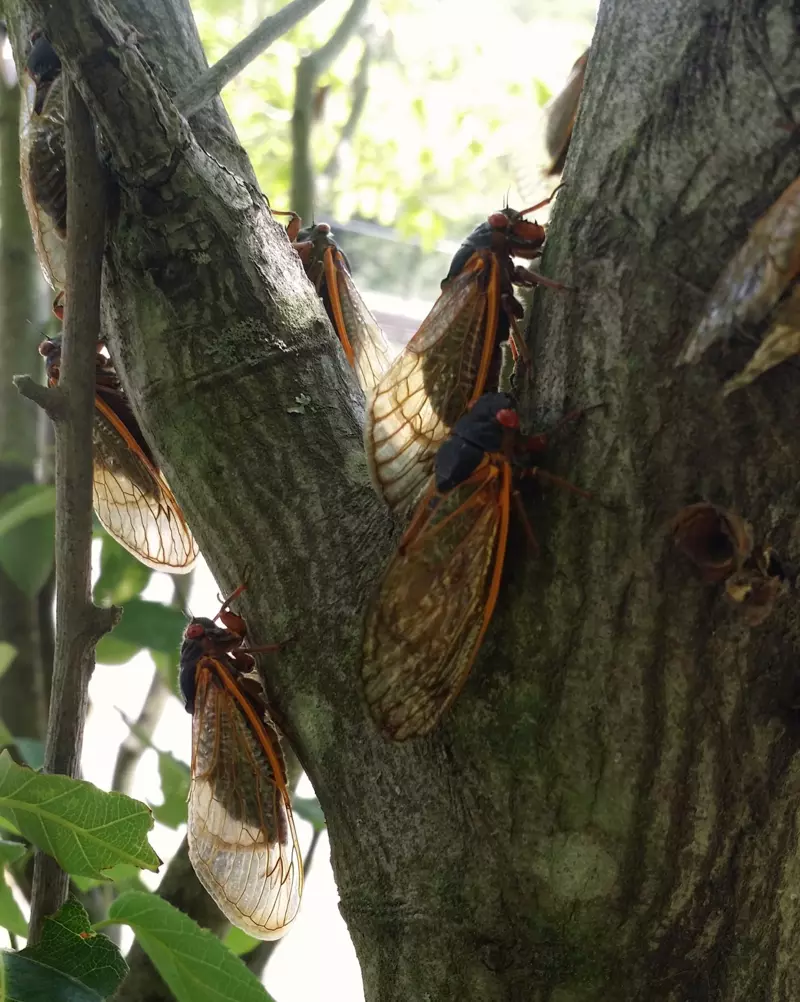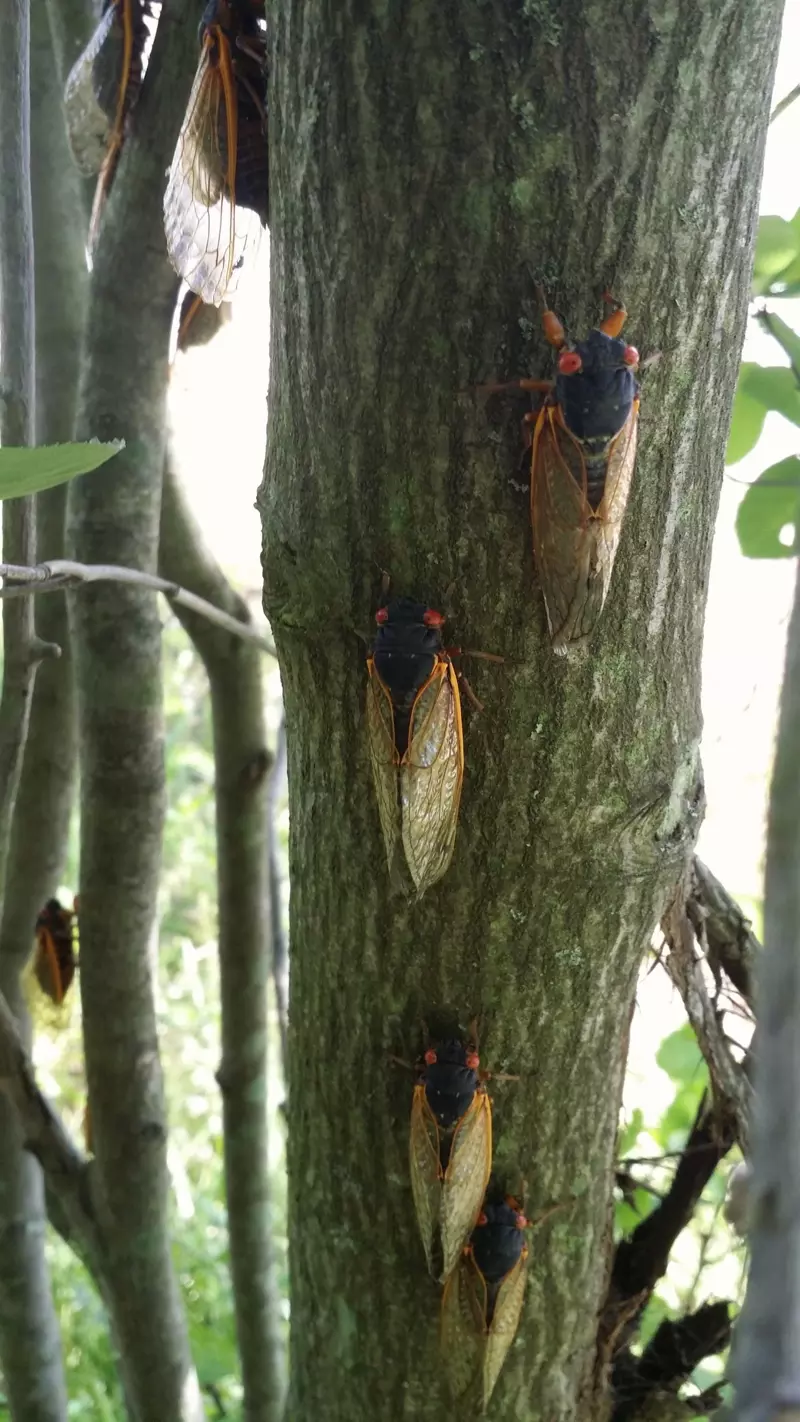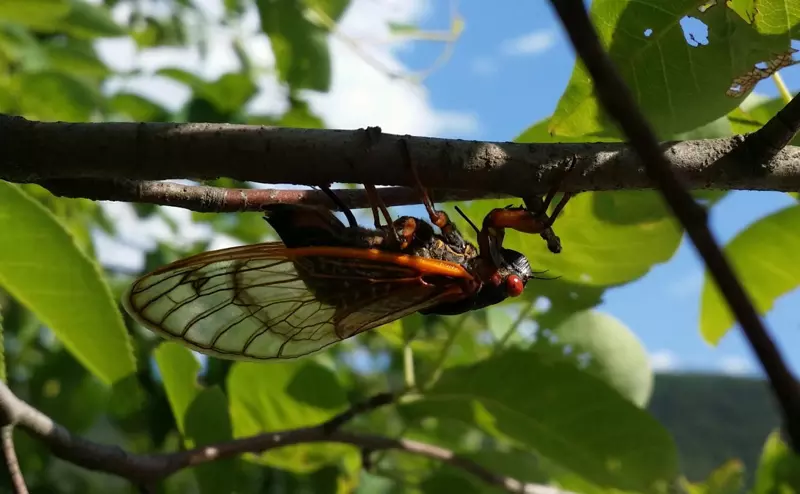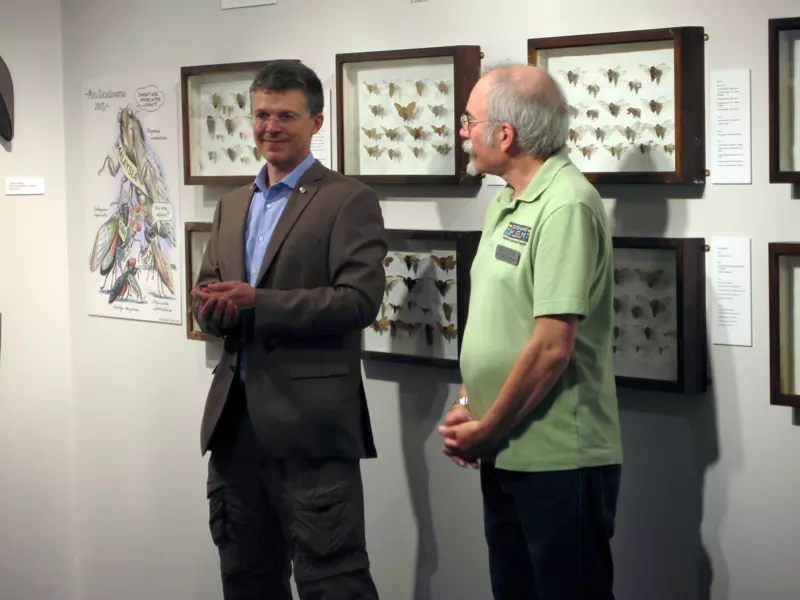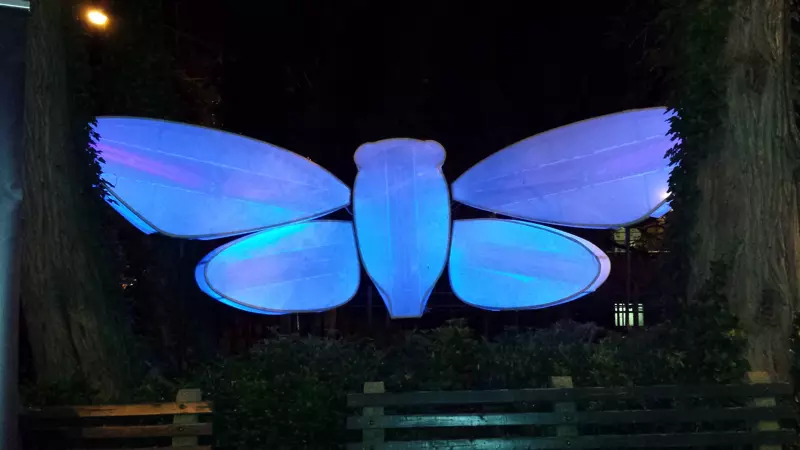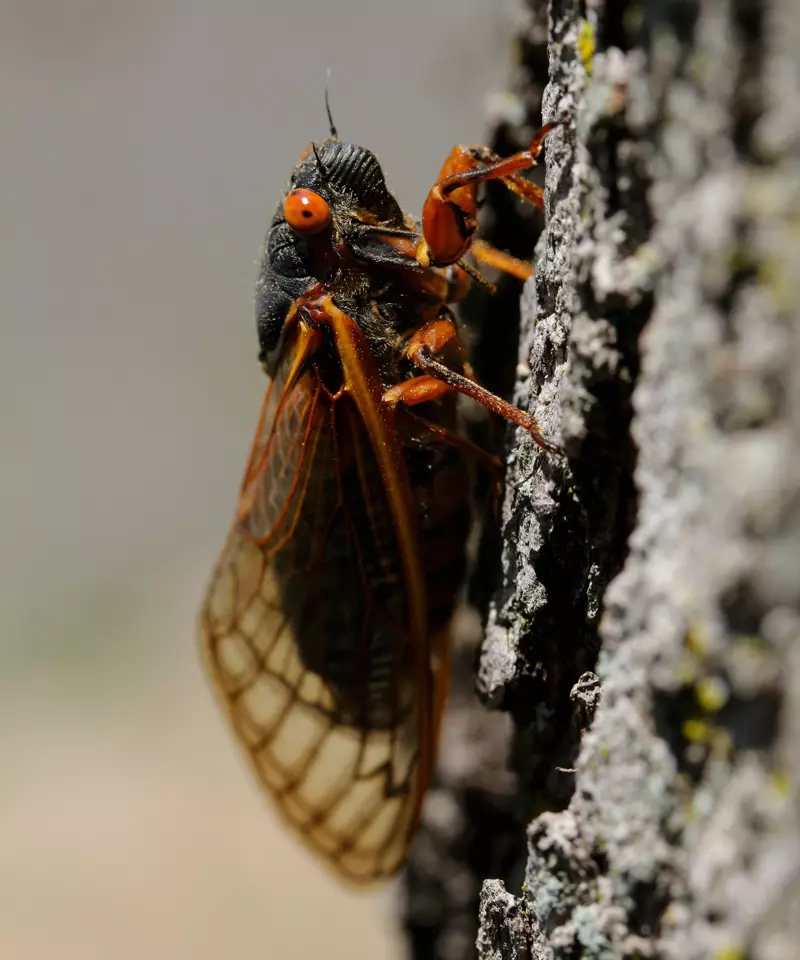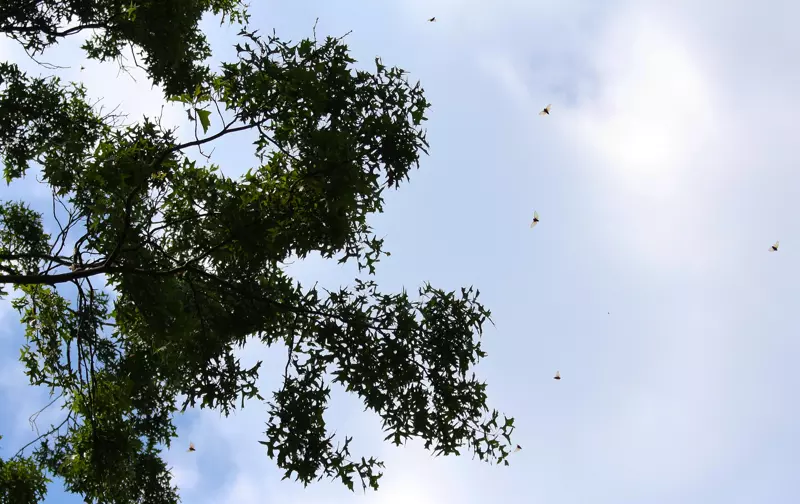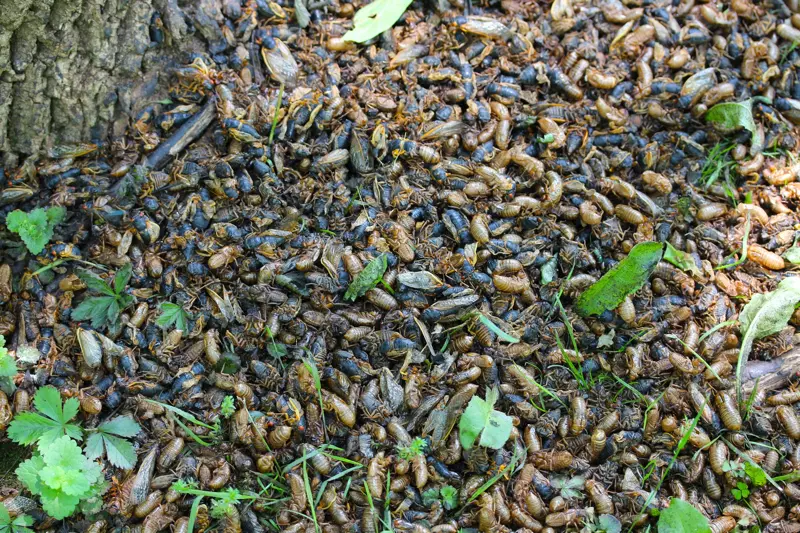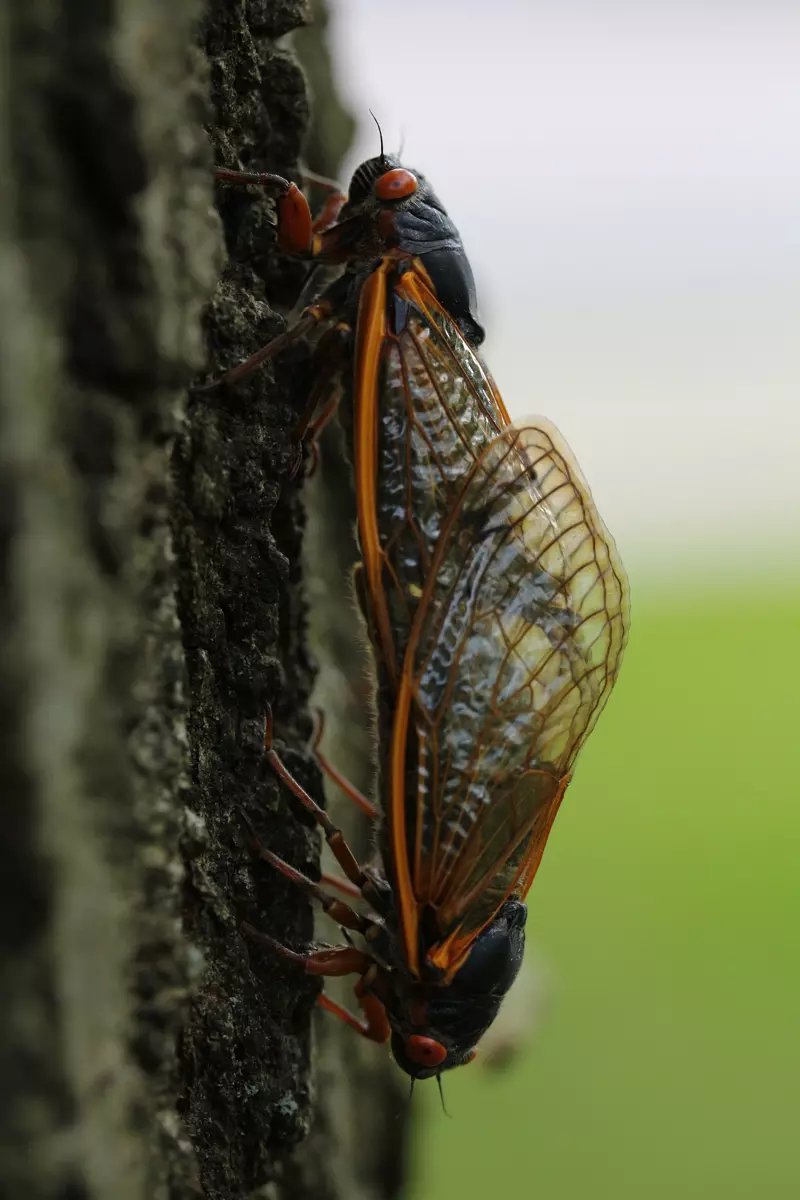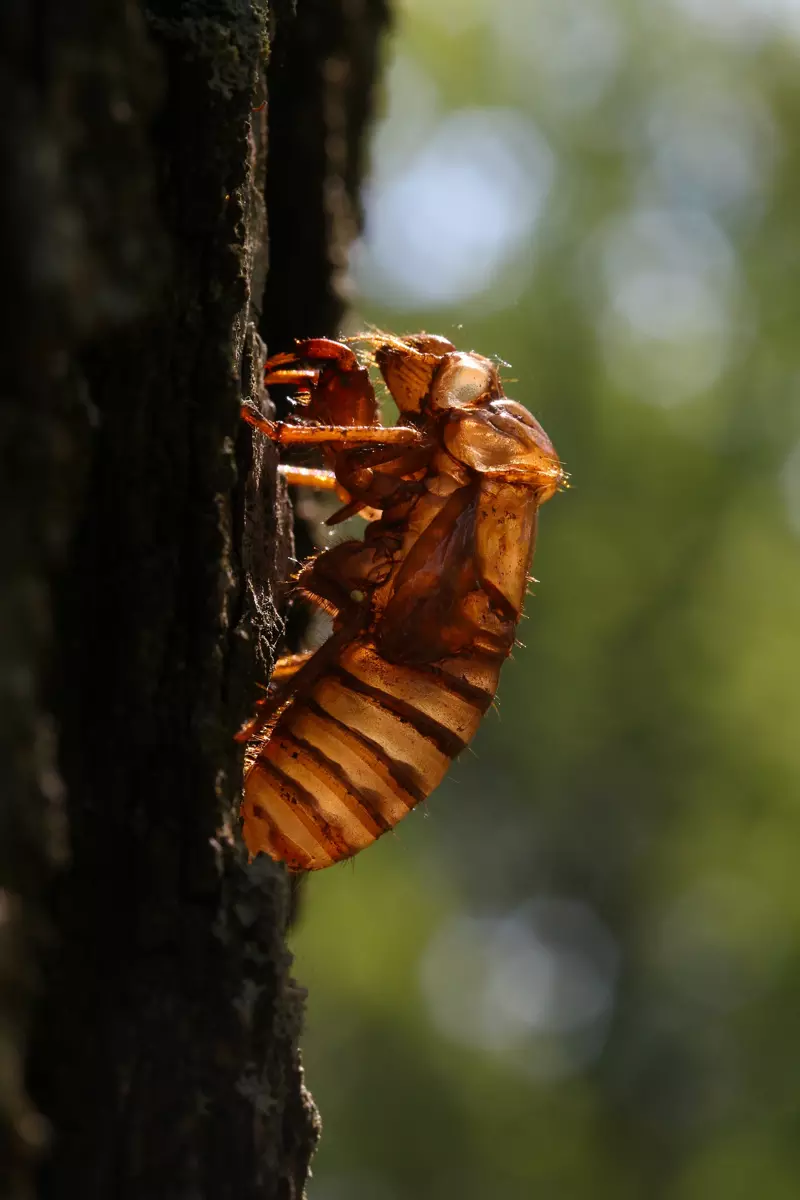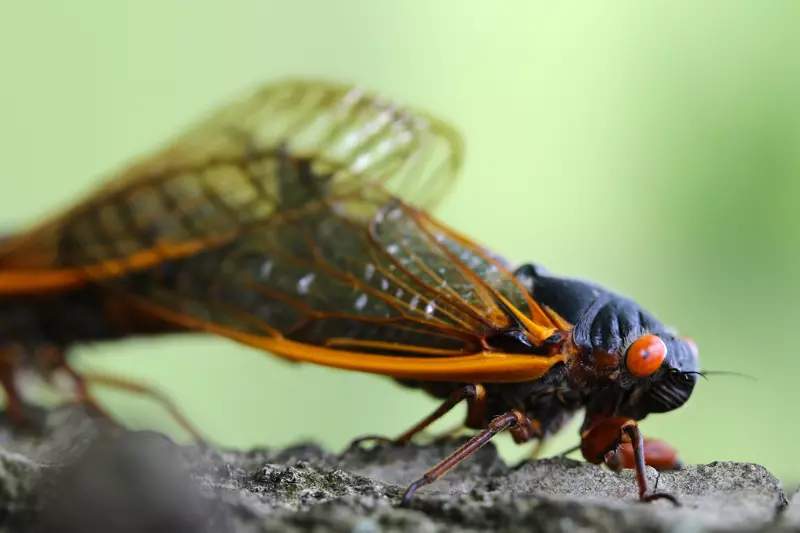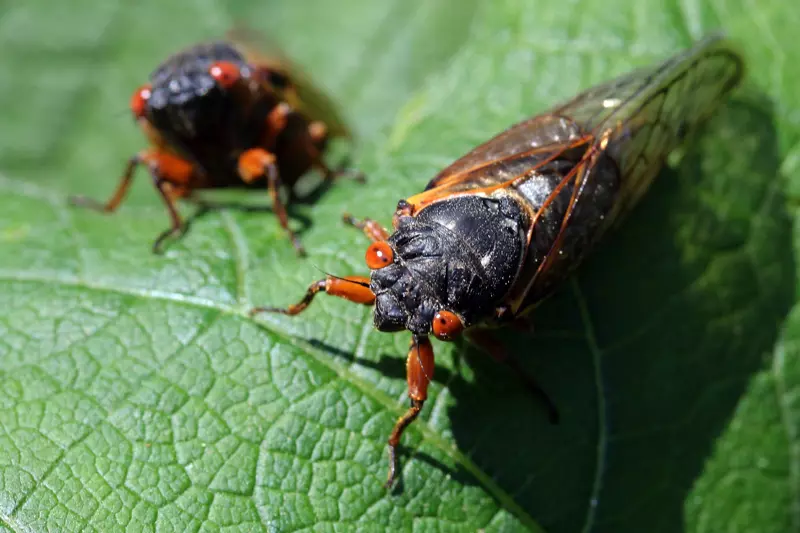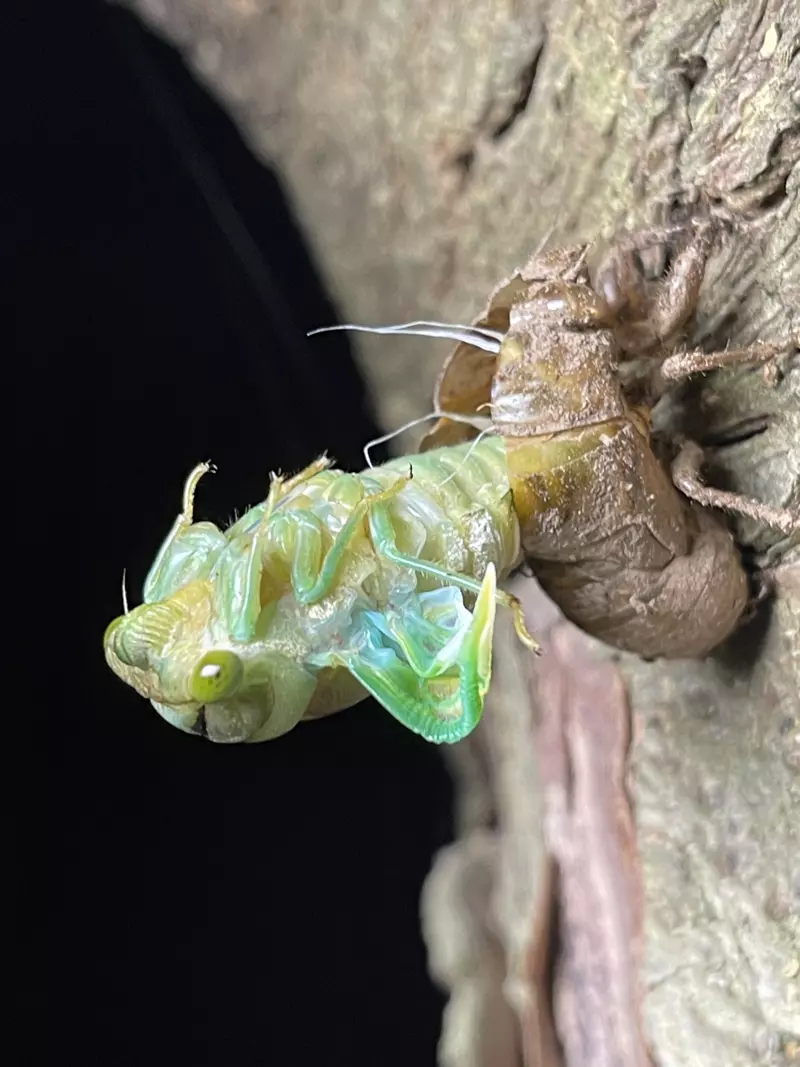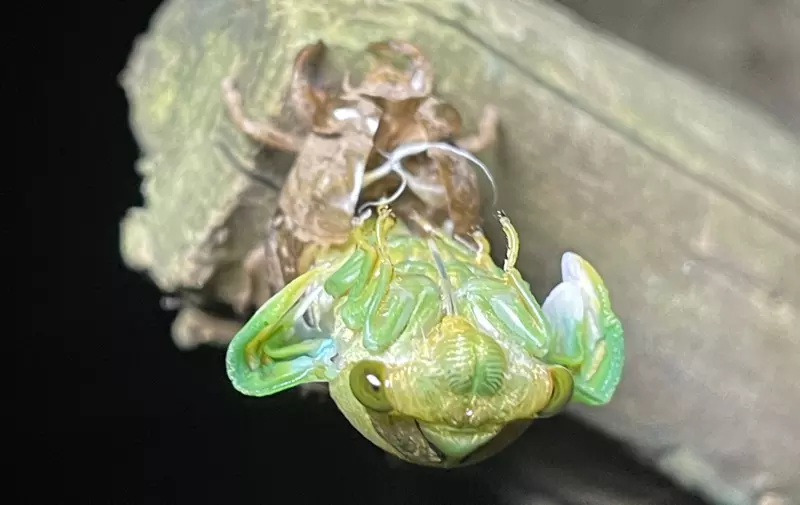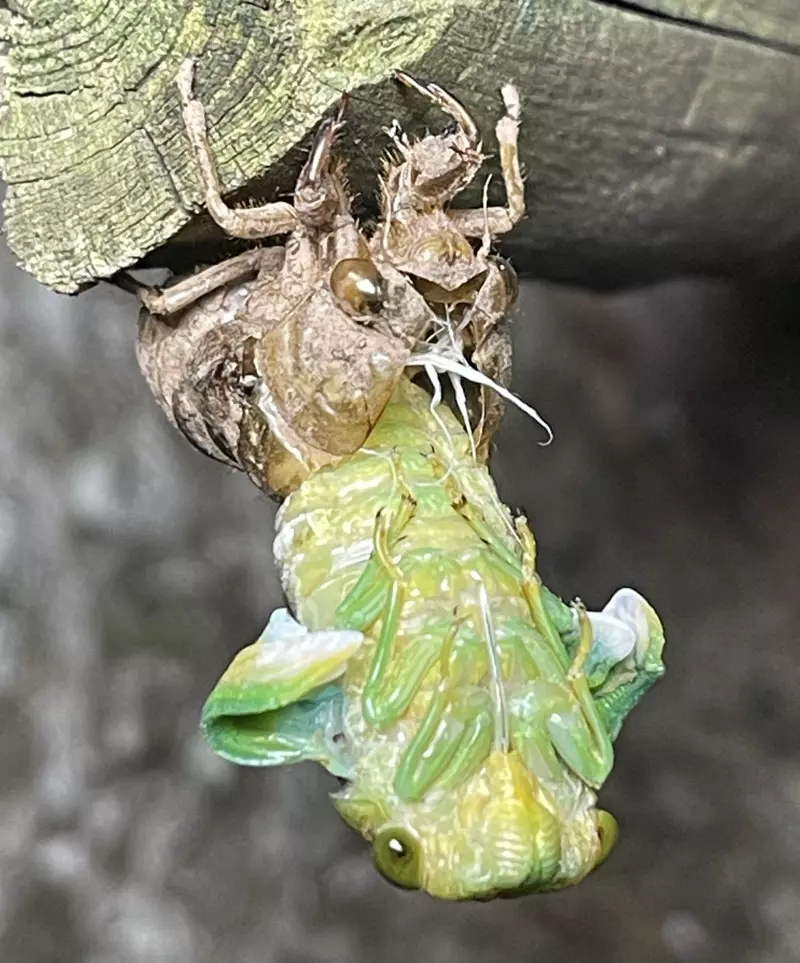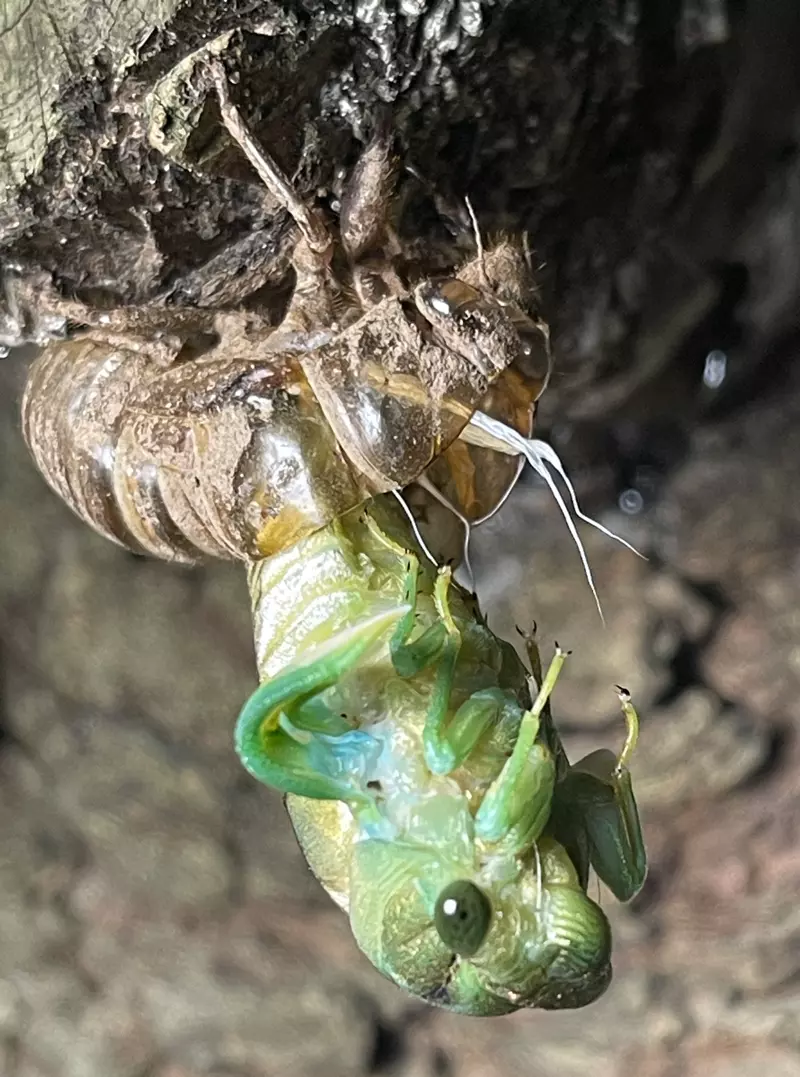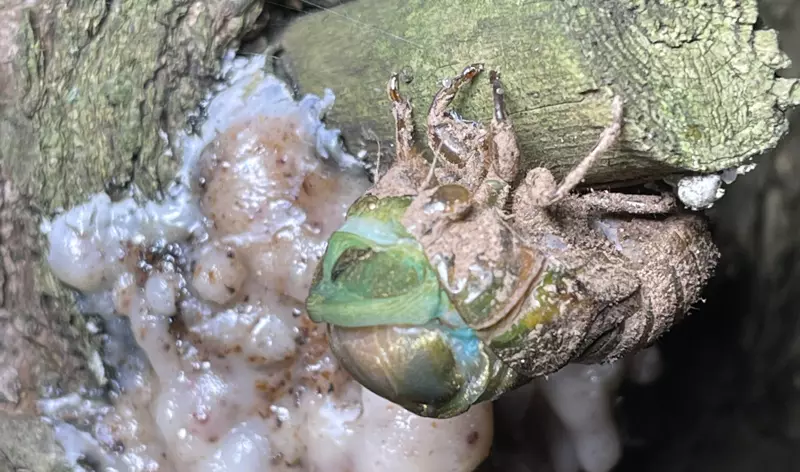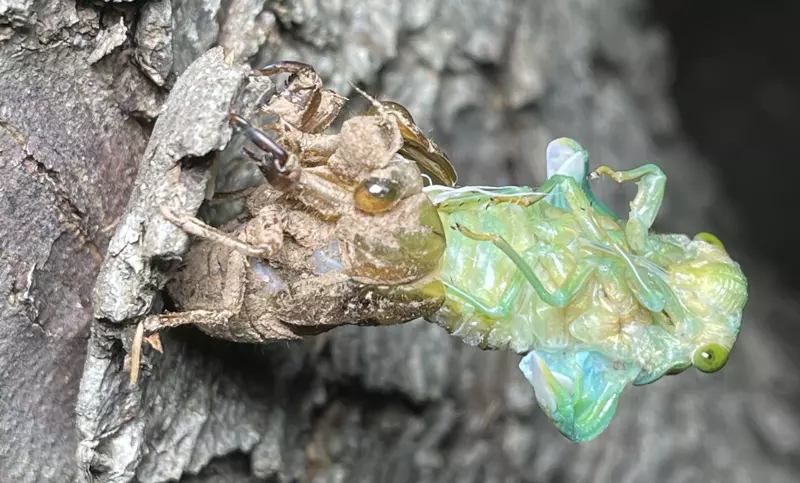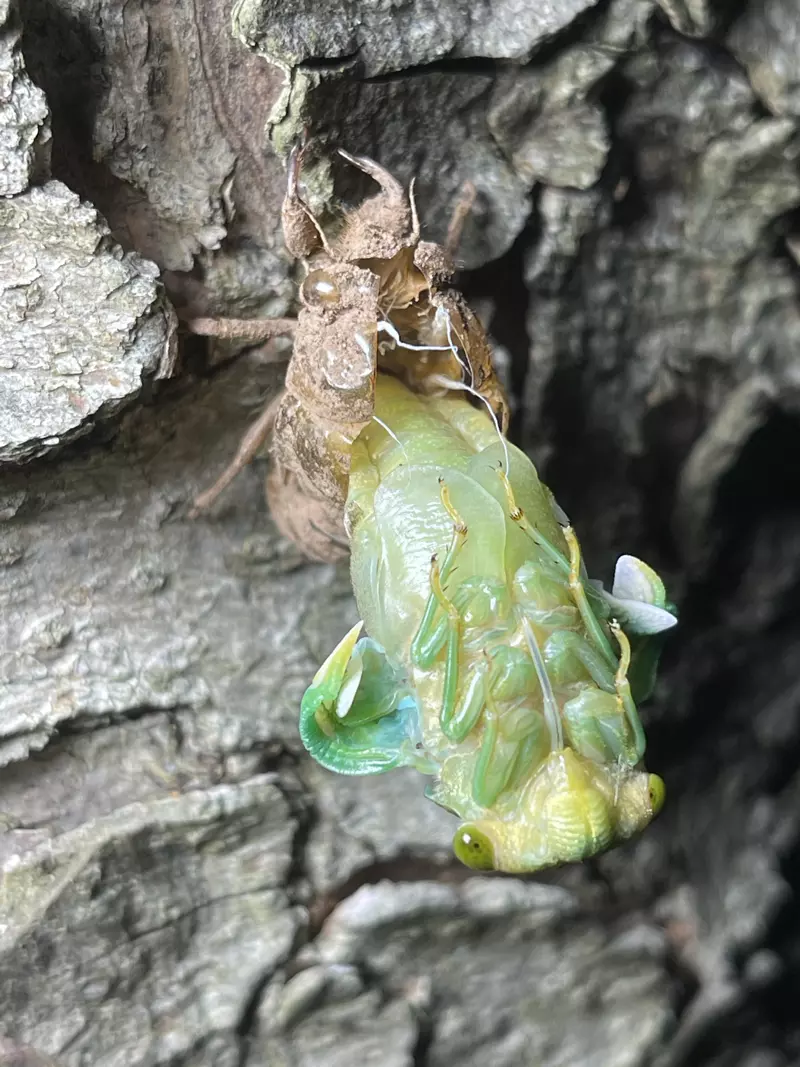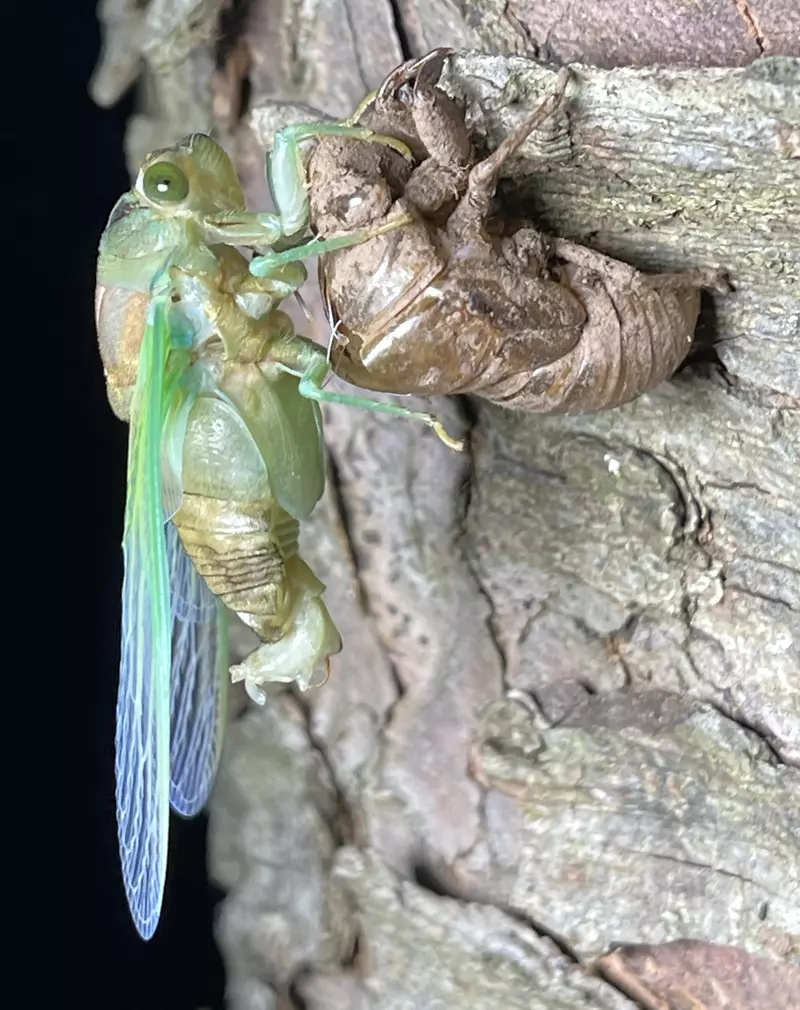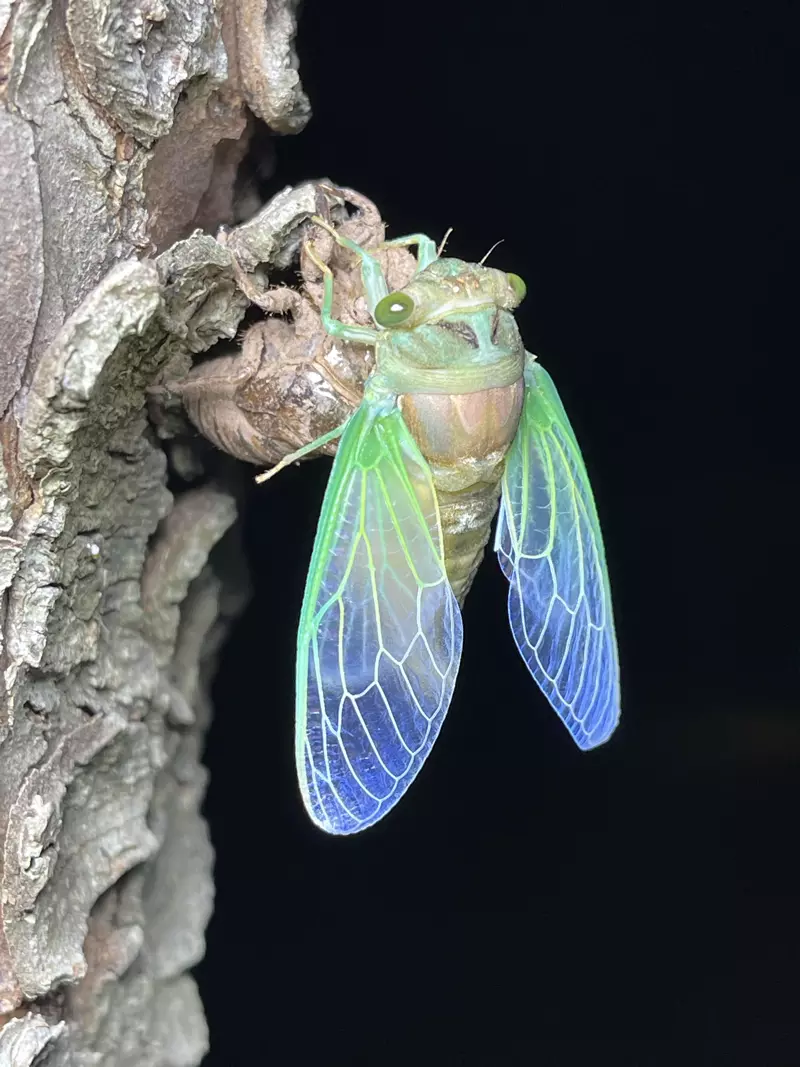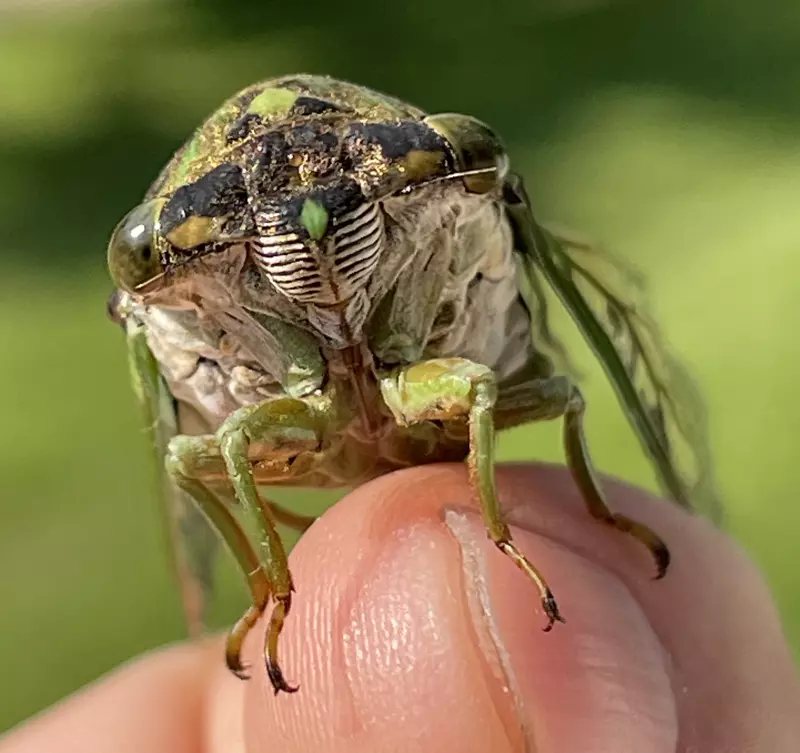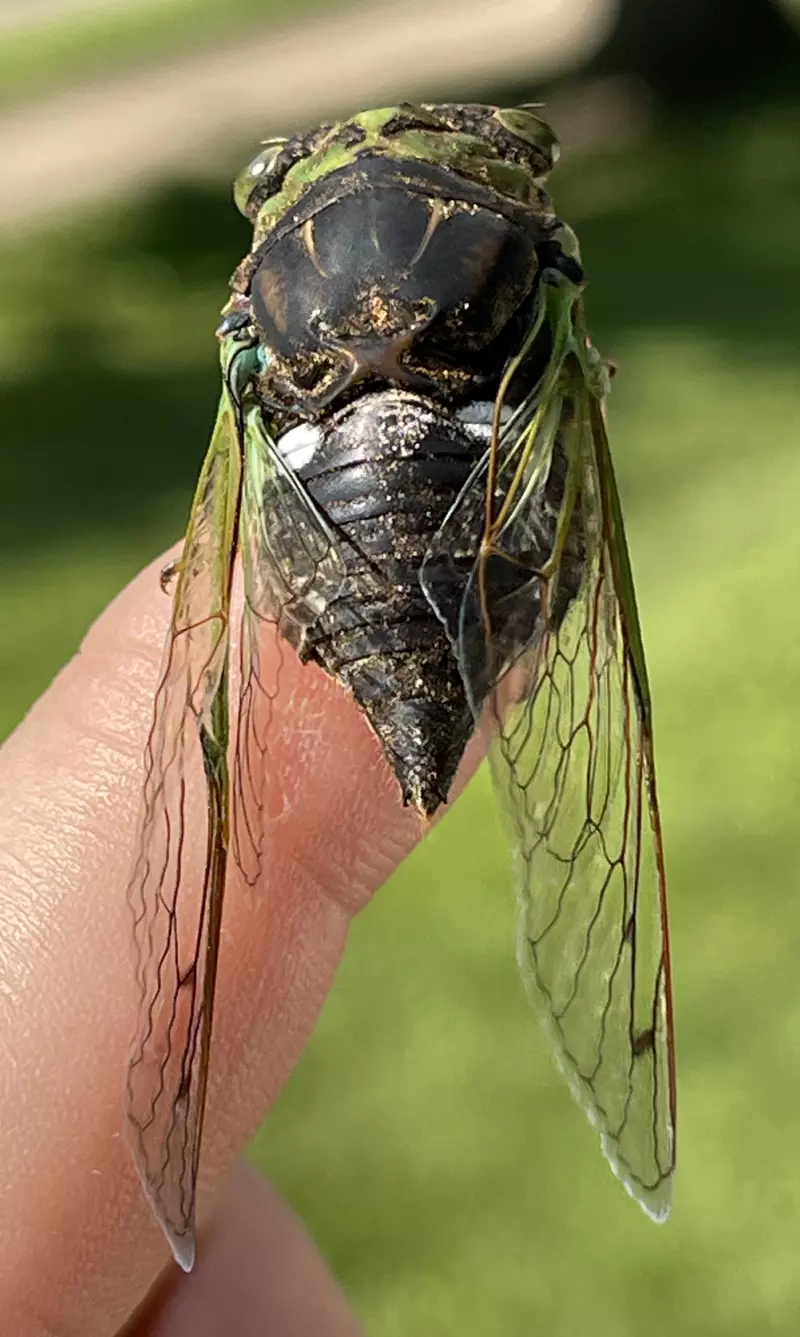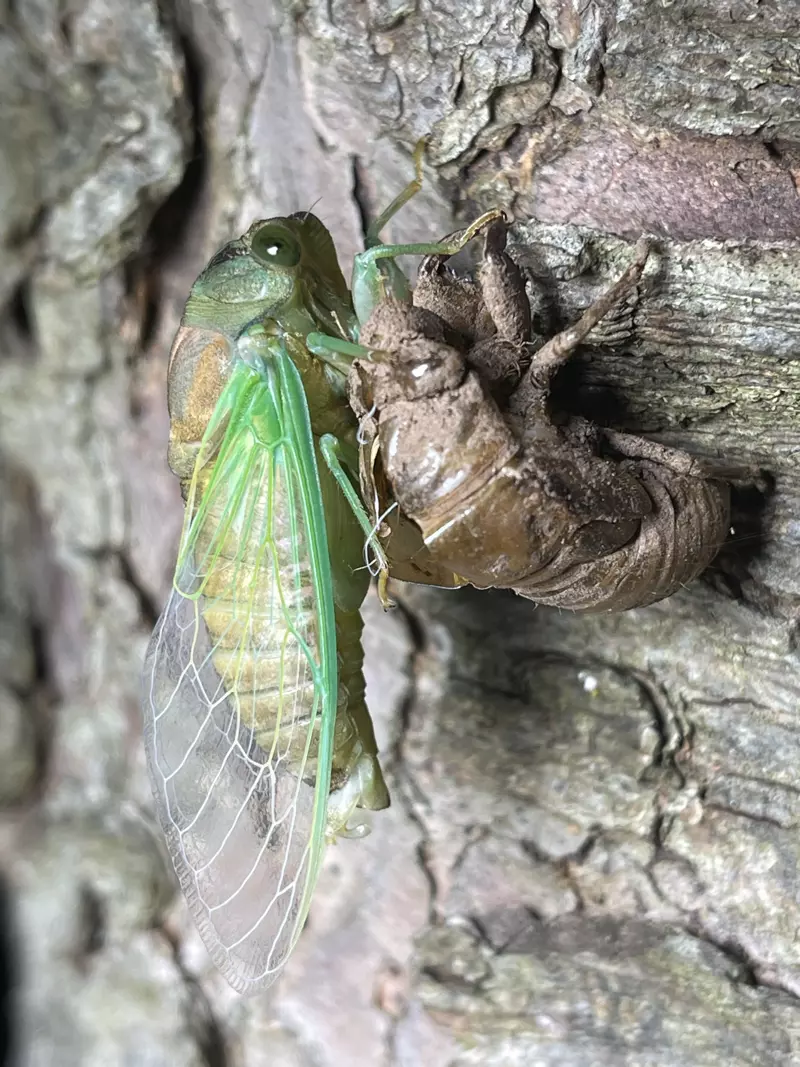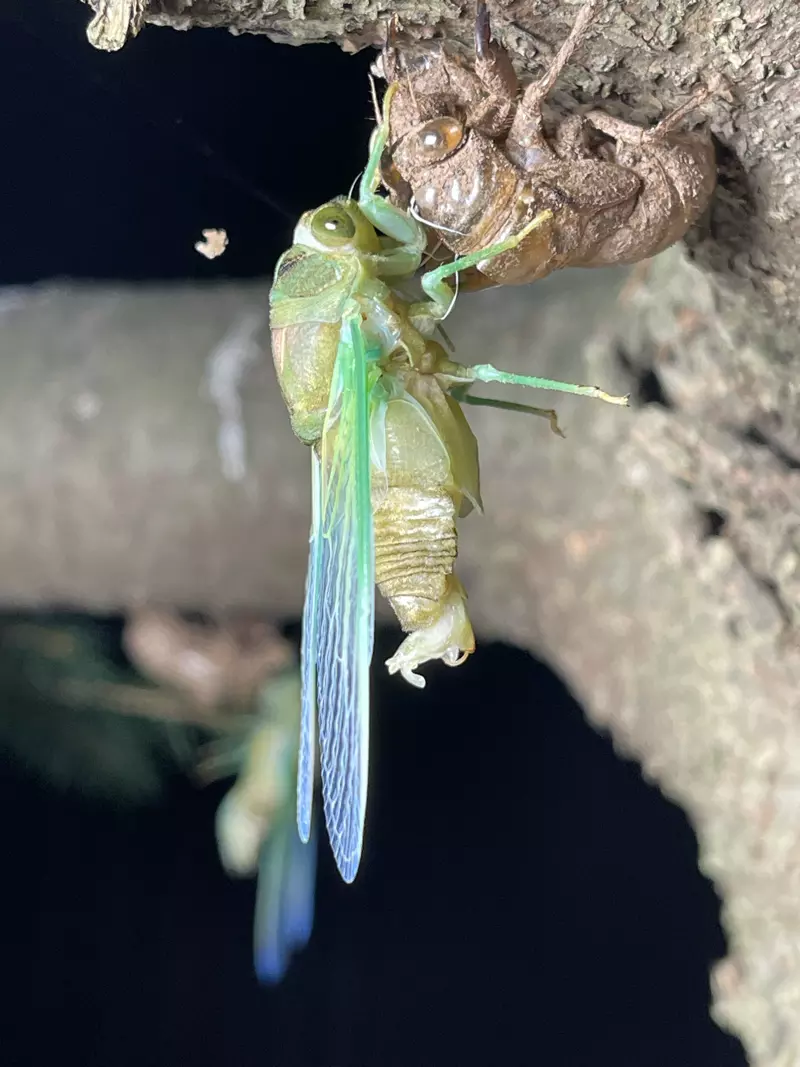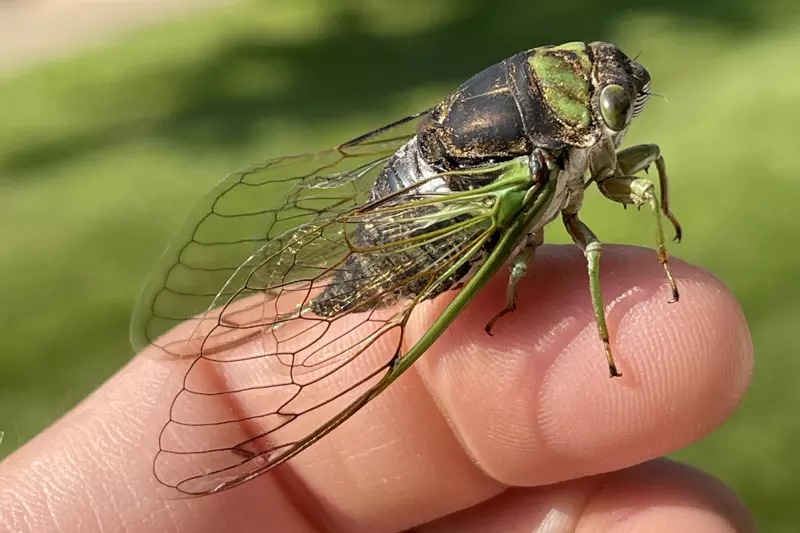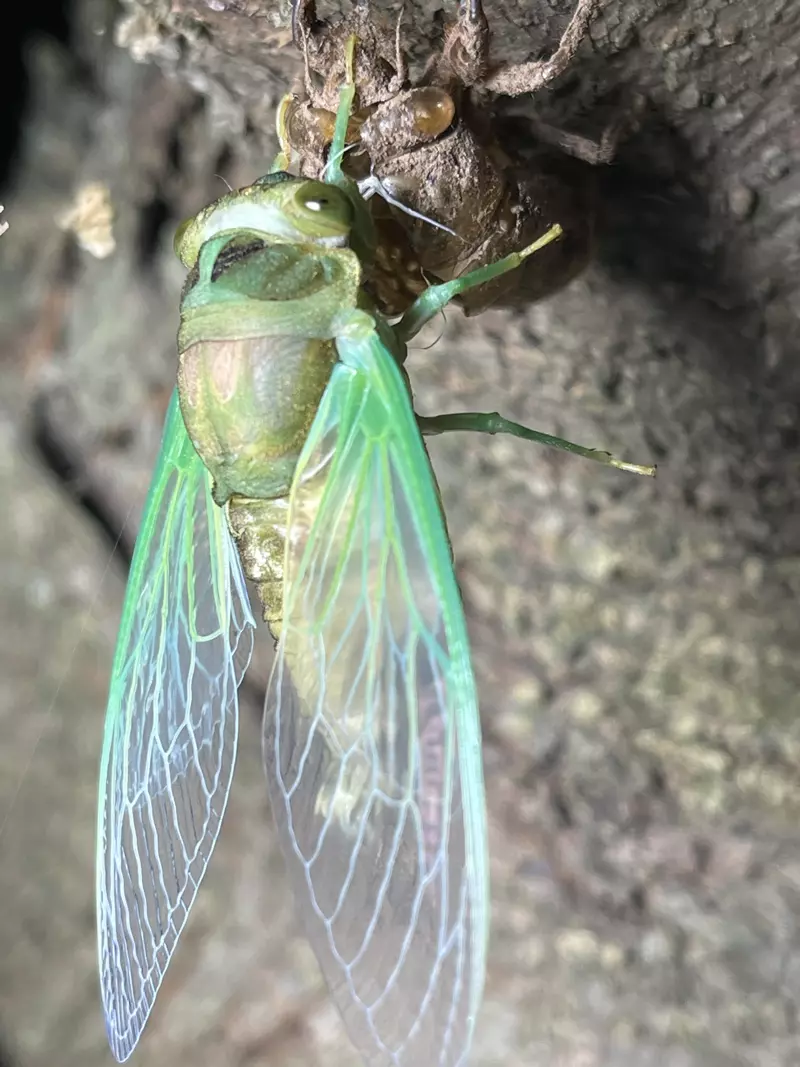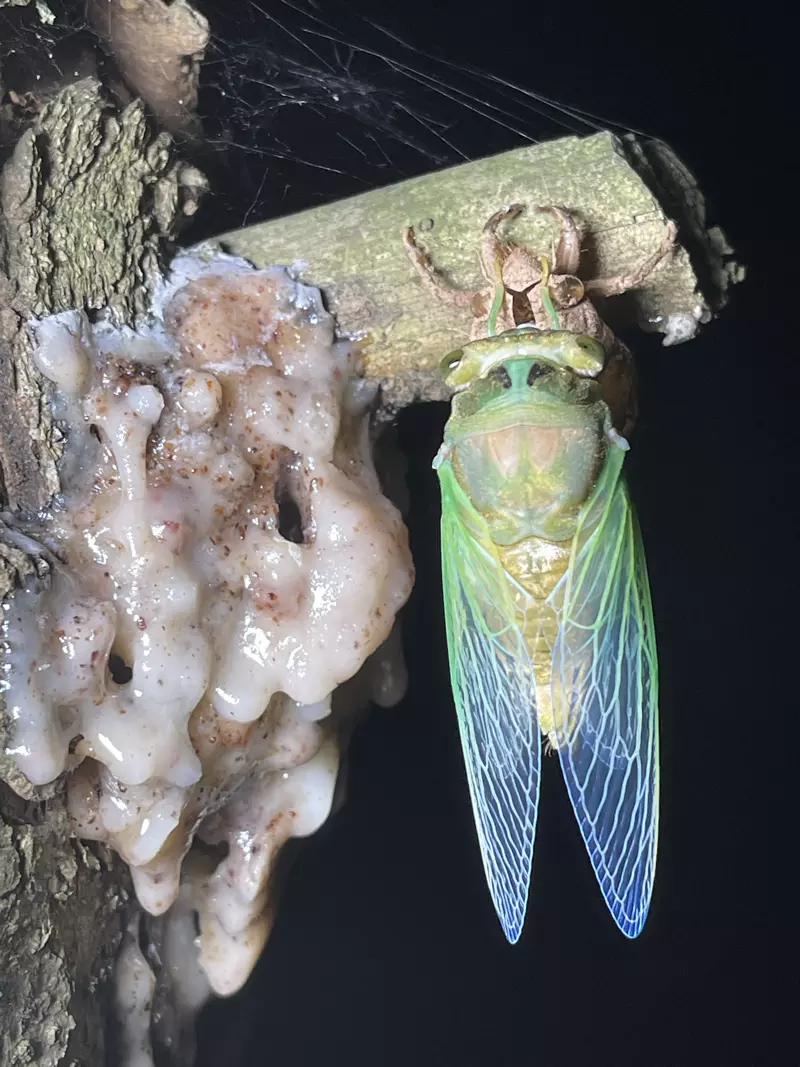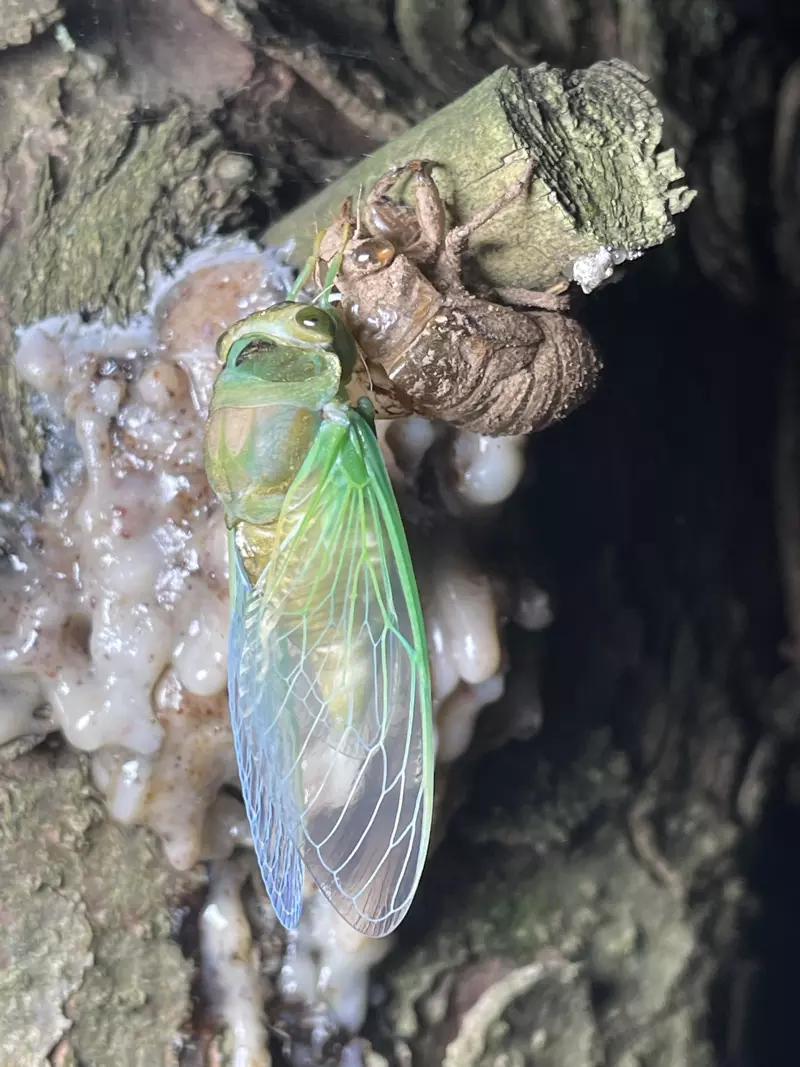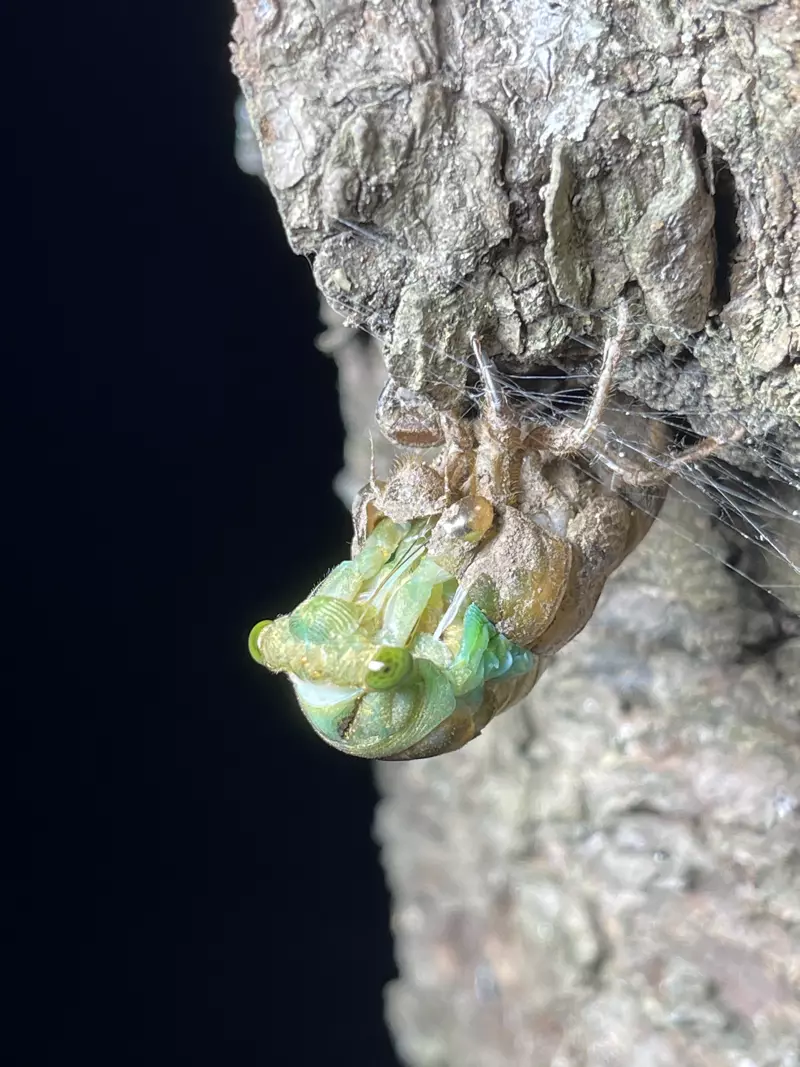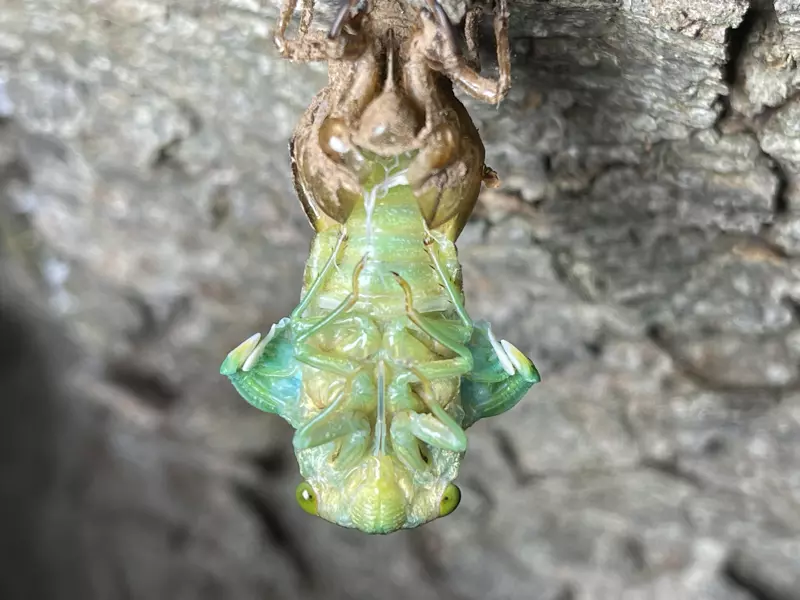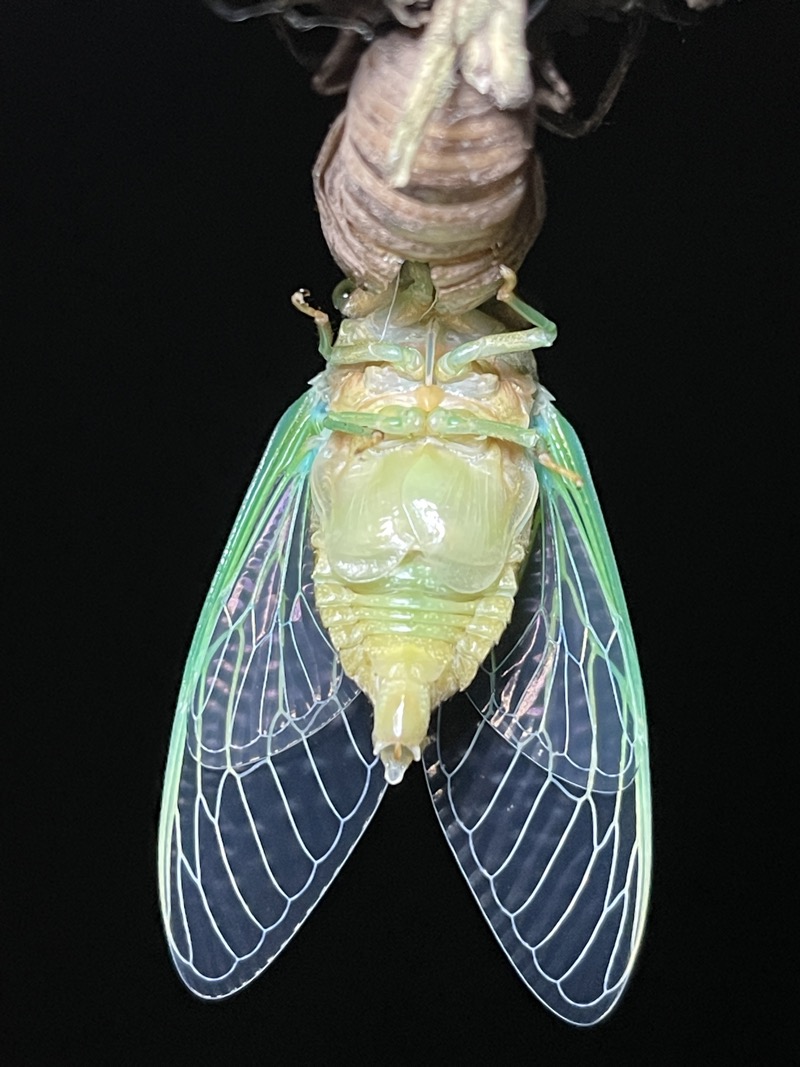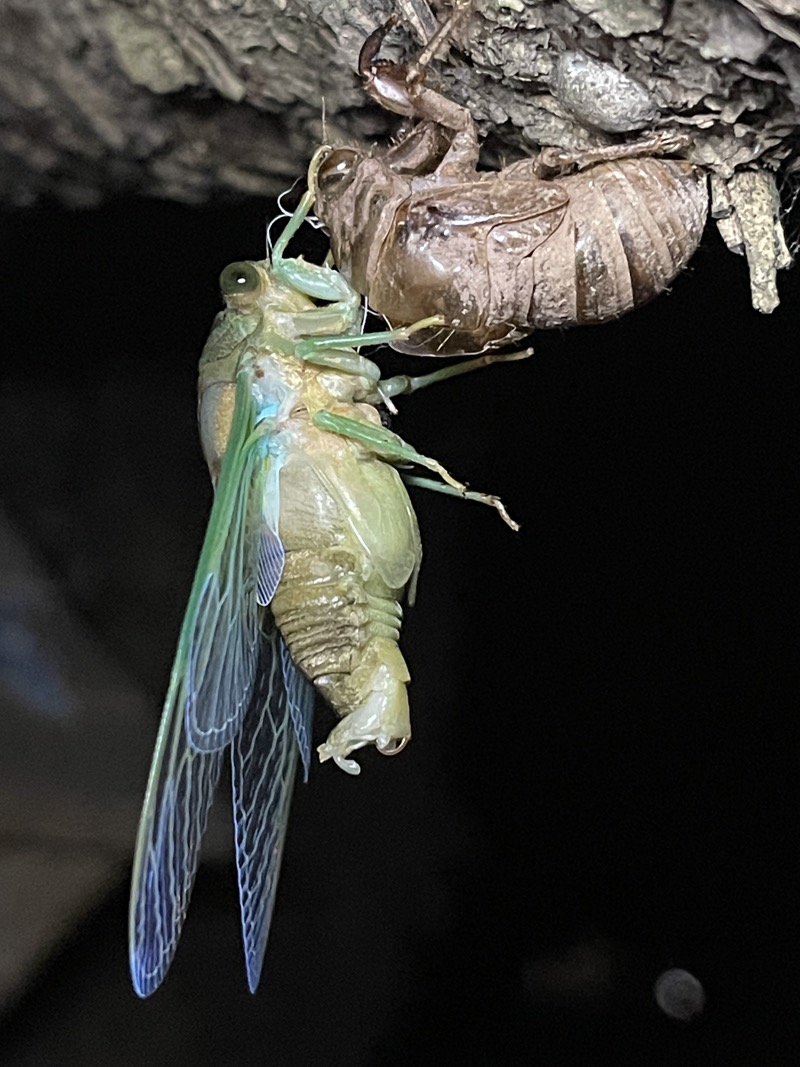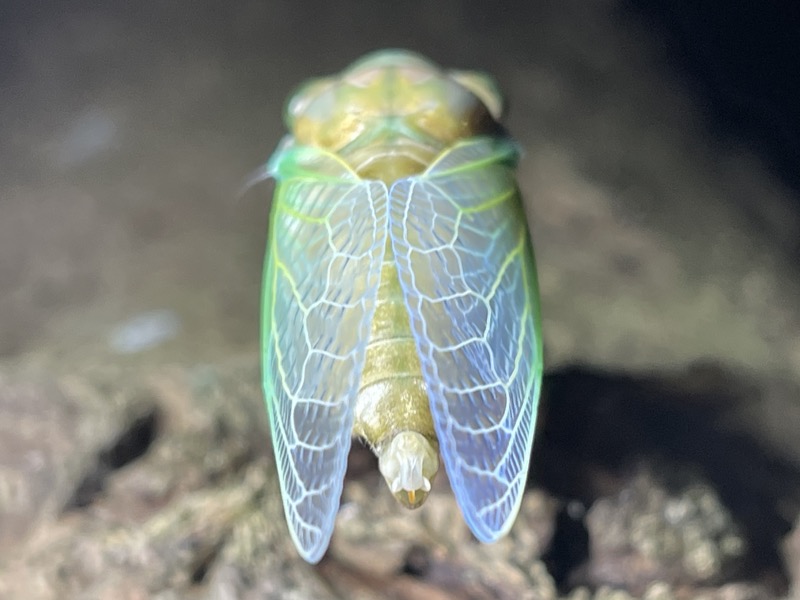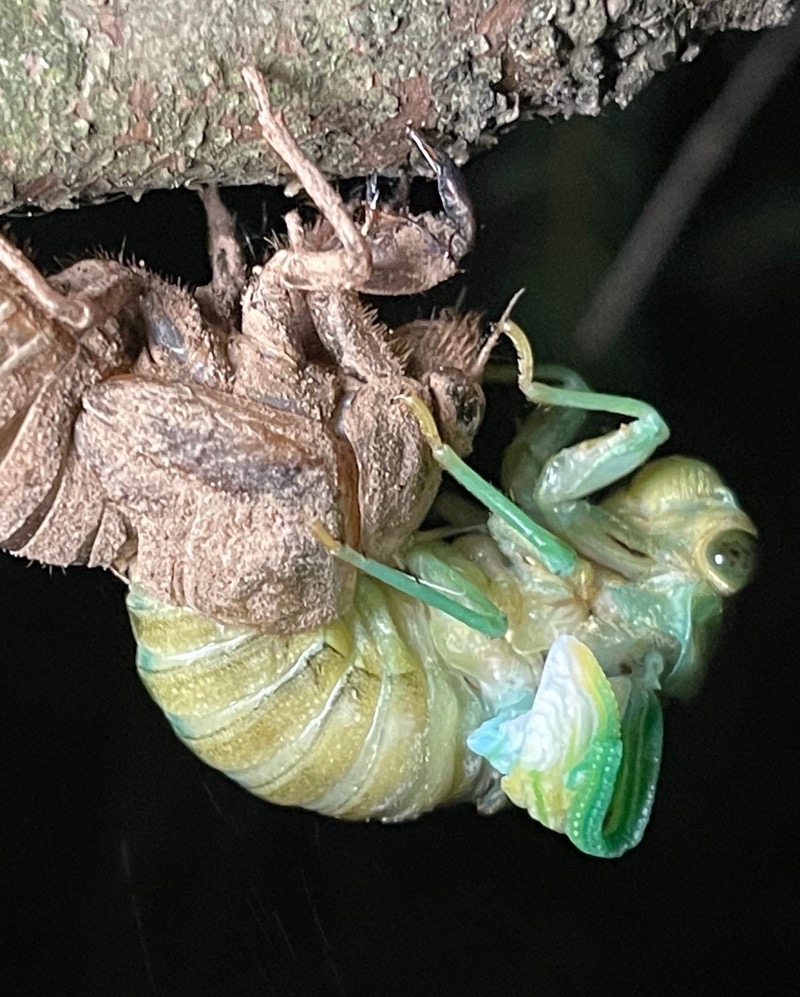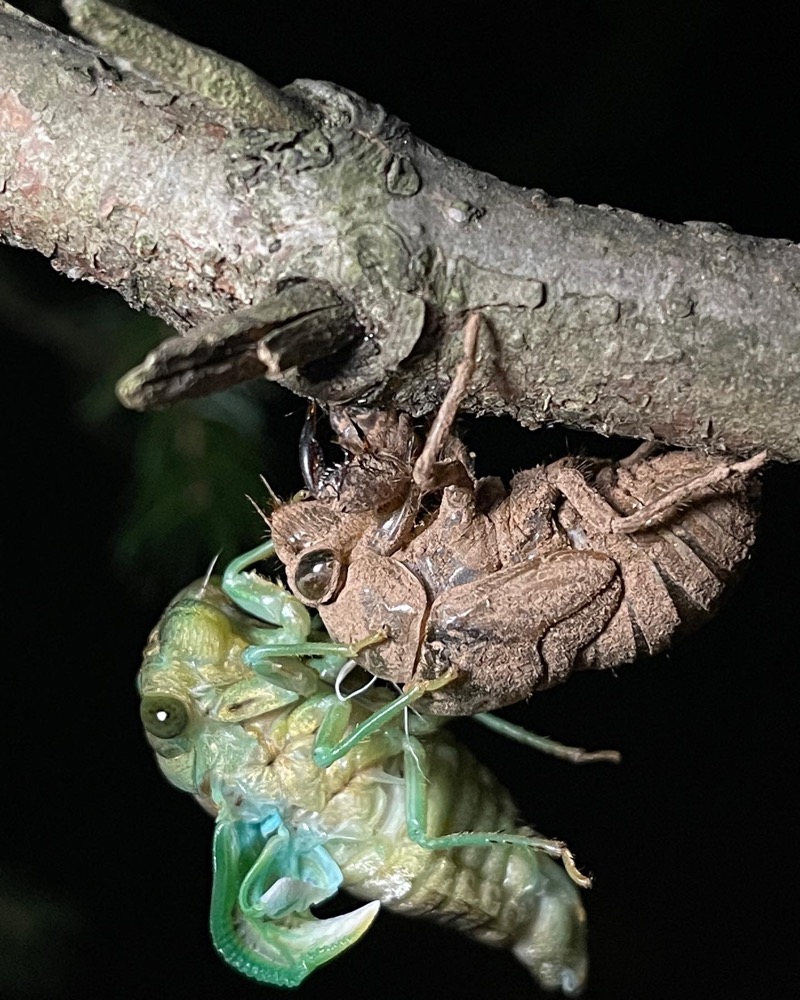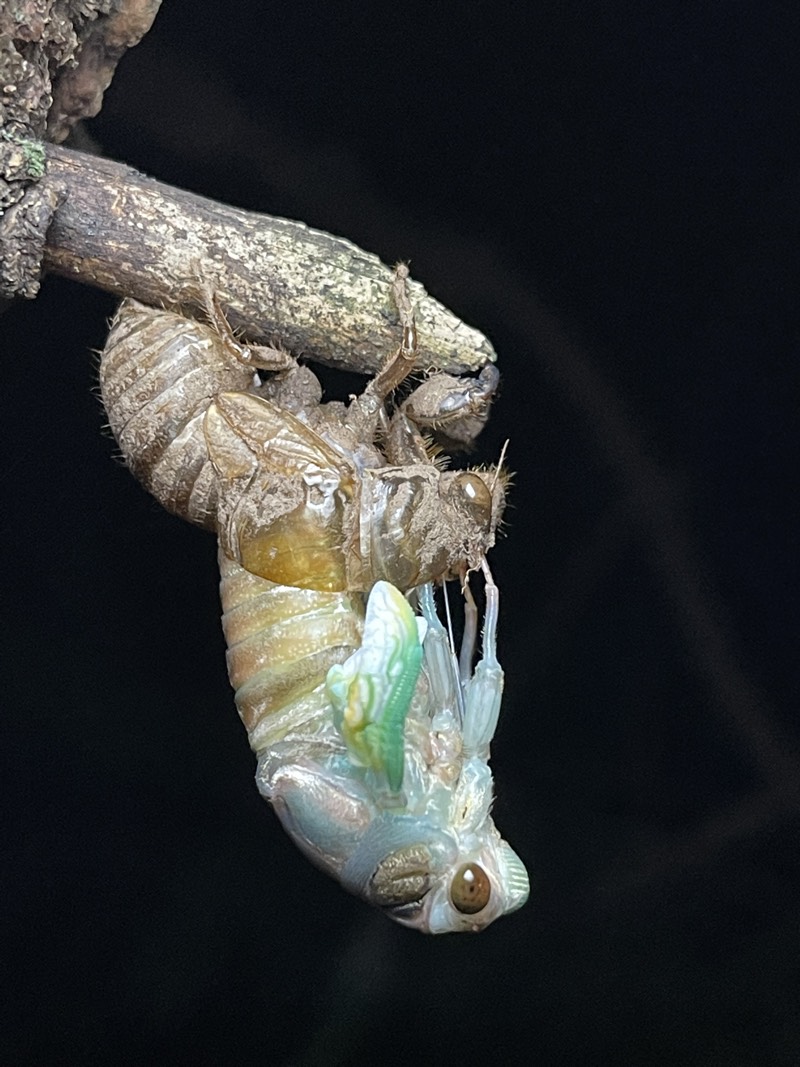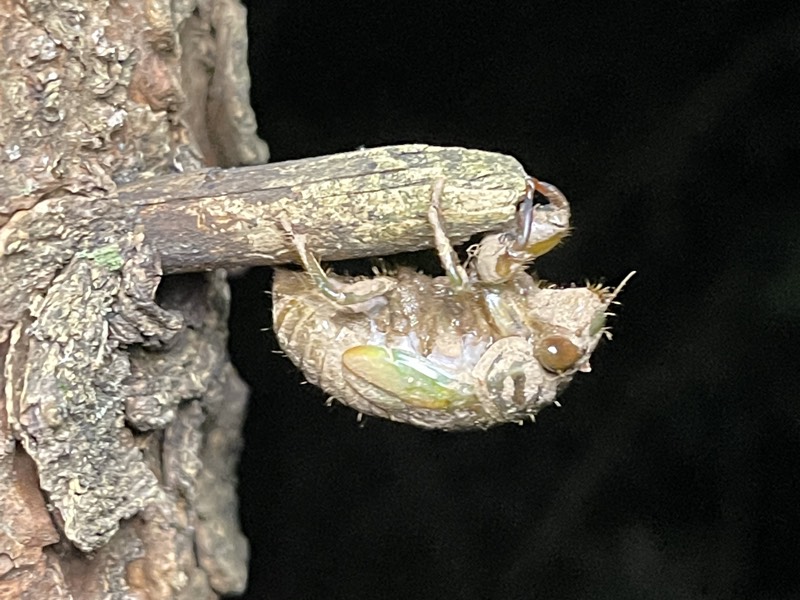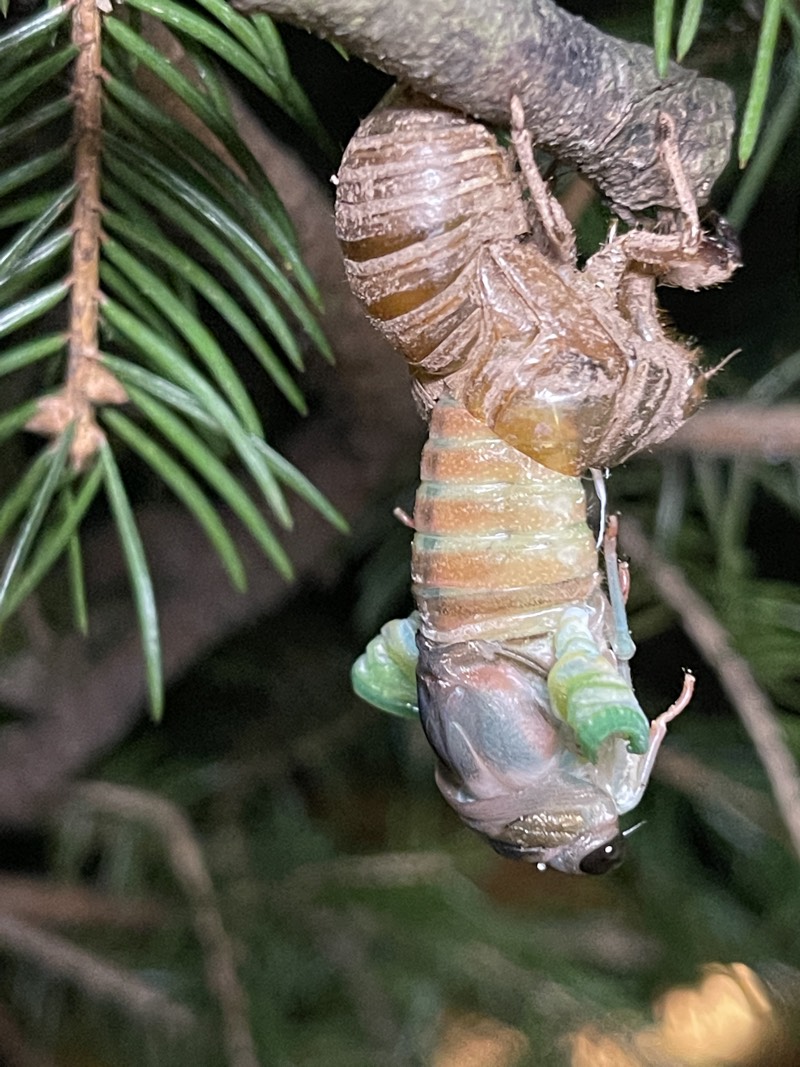I created a new iNaturalist project called the Magicicada Flagging Project to track tree flagging damage by Magicicada cicadas.
Upload a tree or branch with flagging to iNaturalist, add it to the Magicicada Flagging Project, and when it asks you if the observation has “Magicicada Flagging” select “yes”.
When Magicicada cicadas lay eggs in the branches of trees (ovipositing) branches may become damaged or die which causes the leaves to turn brown. This is called flagging. Magicicadas, depending on their location, oviposit between late April through to the end of June. Flagging will appear in the weeks following ovipositing. Leaves will remain brown throughout the year.
The project leverages the observation field Magicicada Flagging set to yes.

The project works regardless of whether the organism is identified as a type of tree (oak, chestnut, etc.) or a Magicicada cicada. Most people identify trees with flagging as a “Magicicada” but I would not want to take away the option to allow people to identify a tree (oak, chestnut, etc.) over the type of cicada that did the damage.
There is a similar observation field for cicada presence set to flagging/oviposition scars, but it’s not specific to Magicicada and oviposition scars do not always accompany flagging. I do encourage you to use this observation field as well!

![]()


